Beirut Urban Lab in the Media
See all the articles, videos, and podcasts published about the Beirut Urban Lab in the media, including op-eds and citations from the Lab's members. For Arabic articles, click here.
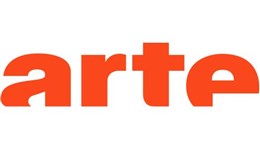
Interview
Feature
Work
Arte.tv - 17.09.2025
Lebanon: Anatomy of a War

Interview
Feature
Work
The documentary explores the Dahieh doctrine, which Israel uses in Lebanon, justifying the use of disproportionate force against civilians to weaken popular support for Hezbollah. This approach is based on the idea that the militias, hiding among civilians, are thus, responsible for everything that happens to the population.
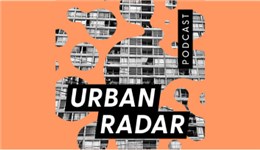
Interview
Sheffield Urbanism - Urban Radar - Mona Fawaz - 19.08.2025
URBAN LABS IN TIMES OF CONFLICT AND POST-TRUTH

Interview
In this month’s feature, Beth and Tom are joined by Professors Nausheen Anwar and Mona Fawaz, Directors of the Karachi Urban Lab and Beirut Urban Lab respectively. This feature is a live recording of an in-person event on Urban Research Labs in Times of Conflict and Post-Truth, recorded in July as part of the Sheffield Urbanism Summer Programme. This was an ‘in conversation’ event during which Tom and Beth explored the challenges that Mona and Nausheen face running urban labs in the face of persistent conflict, misinformation and authoritarianism. The conversation ranges from the origin and motivation for establishing their research labs, to the ways in which they curate urban data as a public good for advocacy and activism, to some of the specific issues on which they work including housing crises, climate change and migration.
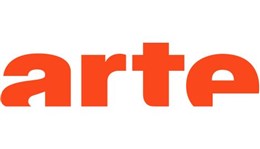
Interview
Arte.tv - 05.08.2025
Liban : 5 ans après, entre reconstruction et impunité

Interview
4 août 2025 : le Liban commémore les 5 ans de l’explosion du port de Beyrouth qui a fait plus de 235 morts et 6500 blessés et détruit un tiers de la capitale. Depuis, la ville a été en grande partie reconstruite mais les cicatrices sont toujours béantes et le pays traverse une profonde crise économique, politique et sociale. Alors que les autorités avaient promis une enquête éclair, les investigations du juge Bitar ont été entravées par la classe politique et aucune justice n’a jusqu’ici été rendue. Symbole de cette impunité, aucun lieu de mémoire pour les victimes de l’explosion n’a depuis été érigé.
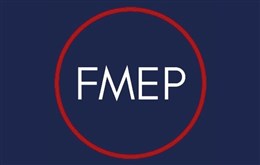
Interview
Foundation for Middle East Peace - 04.02.2025
Mapping Life & Land: Beirut Urban Lab

Interview
In this episode of Occupied Thoughts, FMEP Fellow Dr. Nour Joudah speaks with Ahmad Gharbieh about the process and value of critical cartography, which analyzes maps as instruments of power, looking at who has the authority to create maps and what is included and represented within them. They also speak about Beirut Urban Lab’s critical mapping of Israel’s genocide in Gaza, its invasion of Southern Lebanon, attacks on Beirut, and the links between mapping and policy-making.
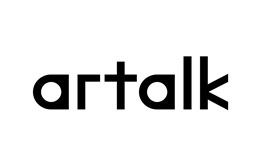
Feature
Artalk - 17.01.2025
Výzkum násilí v Gaze jako ideologická zbraň?

Feature
Výstavu Svědectví prostoru. Role architektury v ochraně lidských a environmentálních práv galerie zpřístupnila během loňského října. Expozice zkoumá, jakým způsobem mohou architektonické nástroje sloužit k odhalování porušování lidských práv a zločinů na životním prostředí. V průběhu výstavy se v galerii postupně představily tři výzkumné kolektivy. Britský Forensic Architecture společně s německým Forensis zaznamenaly masakr Witbooi Nama, který v roce 1893 spáchaly německé koloniální jednotky v Namibii, nizozemská novinářka a architektka Alison Killing představila své mapování detenčních táborů pro Ujgury a další muslimské menšiny v Číně a libanonský Beirut Urban Lab se věnoval konfliktům a urbanizaci na Blízkém východě.
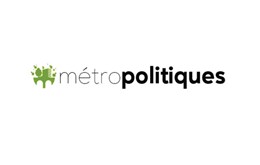
Interview
Métropolitiques - 09.01.2025
Comment reconstruire le Liban ?

Interview
Mona Fawaz revient dans cet entretien sur les destructions qu’a subies le Liban à la fin de l’année 2024. Elle compare les événements récents avec d’autres vagues de destruction et analyse les changements des acteurs et des modèles de reconstruction du territoire.
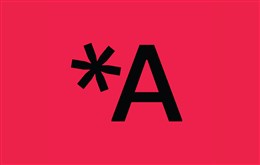
Interview
Work
Alarm - 04.01.2025
„Mapy nejsou politicky neutrální,“ říká Ahmad Gharbieh, který se zabývá konflikty na Blízkém východě

Interview
Work
In this interview, Ahmad Gharbieh talks about Beirut Urban Lab's participation at the Jaroslav Fragner Gallery in Prague as part of a broader project entitled Testimony of Space: The Role of Architecture in the Protection of Human and Environmental Rights.
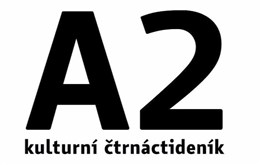
Feature
A2 - 01.01.2025
Architekti proti násilí K výstavě Svědectví prostoru

Feature
Celou jednu stěnu galerie zabírá časosběrná datová vizualizace Beirut Urban Lab sledující urbicidu v Gaze, osadnické násilí na Západním břehu a eskalaci vojenských operací v Libanonu.
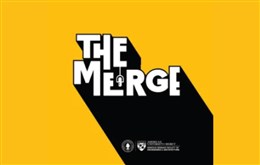
Interview
The Merge Podcast - 20.12.2024
Episode 2: Post-War Urban Planning In Stone and Soul with Mona Fawaz

Interview
In this episode of the Merge Podcast, Mona Fawaz explains the critical role of urban planning and collective spaces in the rebuilding of war-torn areas. Drawing on her extensive expertise, she discusses how urban design can foster social cohesion, economic revitalization, and the preservation of a community.
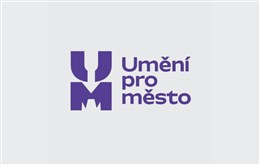
Feature
Forum - 13.12.2024
Schopnost architektury trasovat bezpráví

Feature
Zatímco útlak Ujgurů není v tuzemském prostředí tak žhavou politickou otázkou, debata o válce v pásmu Gazy je plná kontroverzních a bouřlivých reakcí. A právě touto oblastí se zabývá tým Beirut Urban Lab z fakulty inženýrství a architektury na American University of Beirut. Analyzuje městskou infrastrukturu, vystavené dílo zahrnuje Gazu, Západní břeh, území Jižního Libanonu a severního Izraele (v daném pojetí jde o „okupovanou/historickou Palestinu“). Tým využívá jak tradiční metody výzkumu, tak i nové technologie pro dokumentaci zdevastovaných městských prostředí a pochopení toho, jak se lidé přizpůsobují nedostatku základních potřeb a služeb, jako je elektřina, voda a zdravotní péče.